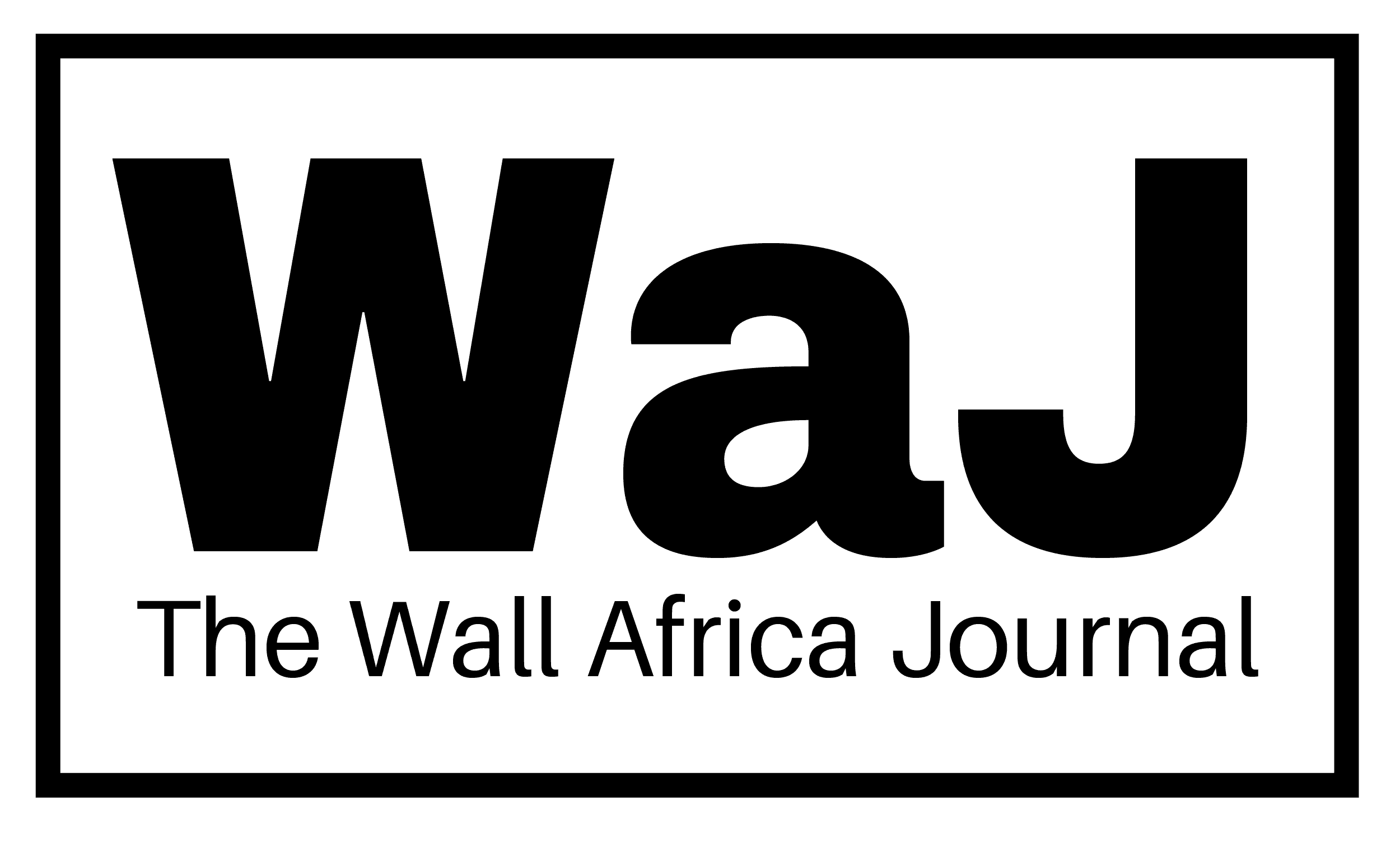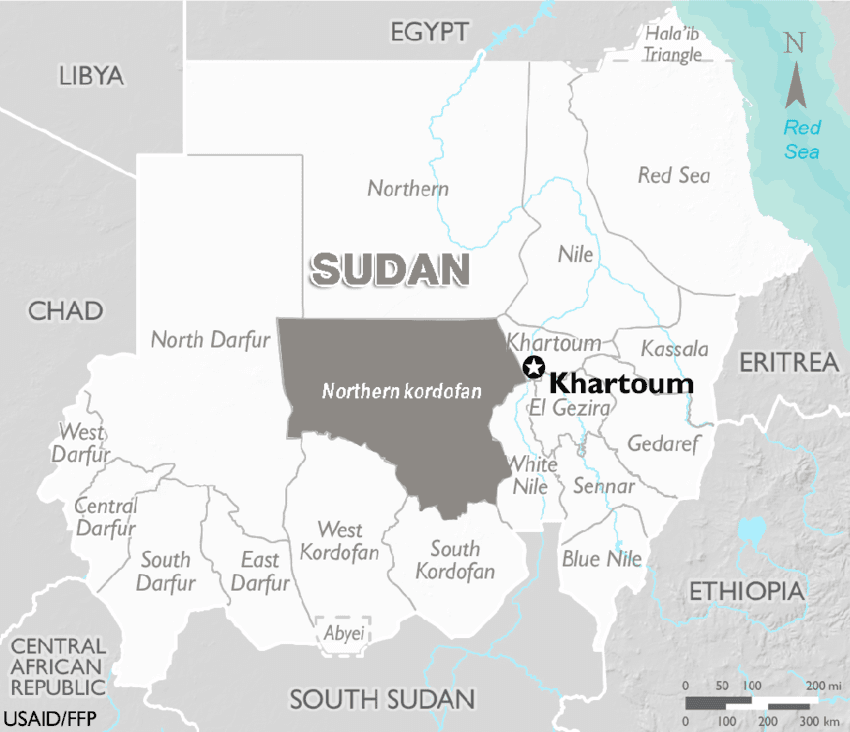Sudan’s Kordofan region, rich in oil and strategically located, has become a decisive front in the ongoing war between the Sudanese Armed Forces and the paramilitary Rapid Support Forces (RSF). The region is increasingly viewed as key to controlling Sudan’s vast resources and gaining an upper hand in the civil conflict now in its third year.
Recent military operations and deadly airstrikes have drawn attention to the intensifying clashes in West and South Kordofan. Analysts suggest that whichever side holds Kordofan effectively controls Sudan’s main oil infrastructure. The area also holds geopolitical significance for South Sudan, as its oil exports pass through pipelines traversing Kordofan.
Since June, the army has escalated its campaign to reclaim lost territory, following earlier successes in retaking Khartoum and Gezira State. However, resistance remains strong, particularly as many RSF fighters come from the local Misseriya community in West Kordofan. Observers warn that the conflict is being further inflamed by collective punishment tactics, including airstrikes on towns like el-Fula and Abu Zabad.
The RSF has responded with threats to target vital oil installations in Heglig, raising fears of further economic disruption. Meanwhile, the humanitarian toll is mounting. UN agencies report that more than 20 civilians, including children, were killed in recent strikes, and the RSF has also been accused of killing over 450 civilians in retaliatory attacks in North Kordofan.
As the RSF reportedly prepares to advance toward el-Obeid, the capital of North Kordofan, fears are growing that the battle could tip the balance of power in the wider war. Both sides are vying to control key supply routes and cut off enemy reinforcements.
With over 12 million displaced and at least 150,000 dead since April 2023, the Kordofan campaign could mark a major turning point in Sudan’s war—or deepen an already devastating conflict.



